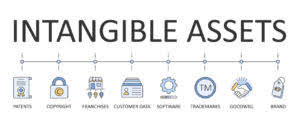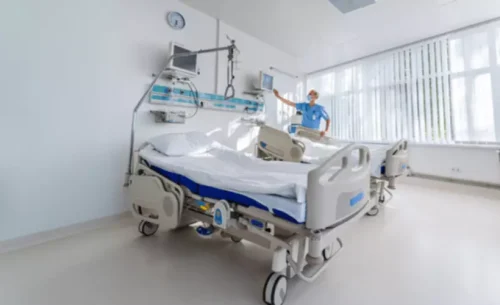
Think of a chart of accounts as a detailed map of your financial activity. It categorizes all your income and expenses into specific accounts, providing a clear picture of your financial health. This is crucial for medical accounting, pharmacy accounting, and even hospital accounting. The category “equity” includes money you’ve invested or re-invested in your business. For instance, if you set aside $5,000 of your personal assets to get your practice off the ground, and you’ve spent $2,000 of it, the remaining $3,000 will be listed as Owner Equity on your chart of accounts.
Blank Spreadsheet Templates

Equity is listed alongside liabilities, representing the shareholders’ stake in the company’s assets. The total equity amount reflects the company’s net worth or book value, which is the value of the assets minus the liabilities. A general ledger stores a detailed record of a company’s financial activities, contra asset account facilitating the preparation of financial statements and performance analysis.
Free resources
The bottom line is that investing in the effort of budgeting, just like investing in other good practice-management behavior, results in a smoother, more profitable and less stressful practice. This will allow you to more Medical Billing Process easily spot any completely unexplained variations that would suggest embezzlement or other problems. Creating and maintaining a practice budget can bring a little extra discipline to your business habits, resulting in a healthier practice with fewer problems. Use this cheatsheet to maximize your deductions and save money on taxes for your therapy practice.
- For most practices, I recommend performing a variance analysis quarterly so that new problems can be caught quickly.
- Some businesses can indicate COGS, gain and losses, etc., as separate accounts to structurize their finances even more granuarly.
- Our industry-specific chart of accounts covers all of these bases and more to ensure that you are able to track your financials as accurately as possible.
- The rationale is that the inclusion of a corresponding expense taken up when net billings are physically paid essentially arrives at the same final profit result.
- The COA has been a fundamental component of accounting systems for centuries, evolving with accounting practices.
The chart of accounts and your financial statements
- However, less finance-savvy people might confuse them with actual bank accounts.
- However, depending on the product and lender, accepting a funding offer may result in a hard credit inquiry, which could affect your personal credit score.2.
- Once you have an administrative staff in place, it’s a good idea to invest in their financial education as well.
- Equity is the ownership value in a company, determined by subtracting liabilities from assets.
- The specific accounts and their numbering may vary by company, industry, or specific accounting standards adopted.
Current liabilities are short-term debts (a company should pay off within a year), like bills and short-term loans. Long-term loans or leases and other long-term obligations (usually due beyond a year) are non-current liabilities. Liabilities are the amounts of money a company owes to others or the obligations it needs to fulfill in the future. Think of debts to suppliers, loans from banks, or unpaid expenses – they are your liabilities.

Health care accounting includes two main types—financial and managerial. Financial health care accounting tracks the money flowing in and out of a health care organization. Managerial health care accounting analyzes data to make informed decisions about the practice’s operations. Financial accounting ensures the accuracy of income and expenses, but managerial accounting provides insight into spending.
Sample Health
Patient care can be your main priority, but your medical practice is also a business. As a result, you need to take the time to review your financial statements and reports to draw conclusions that can inform your business decisions. Generally, the most significant medical practice accounting challenges stem from the healthcare billing process. Most businesses provide a product or service to a customer, then receive a predictable payment from them in exchange. As a result, healthcare professionals are often unprepared to manage their company’s accounting and tax responsibilities. To make matters worse, the unique nature of the healthcare industry creates financial issues beyond what most business owners face.

Categorize your revenue

In the health care industry, GAAP is important, as it provides investors and stakeholders with reliable financial information. I quickly realized that her complicated chart of accounts was more of a handicap than a help, which was causing a lot of her confusion. One of the reasons healthcare providers often struggle to run their practices’ accounting effectively is that chart of accounts for medical practice business management is well outside their expertise. Fortunately, you can remedy that by investing in your own financial education.



